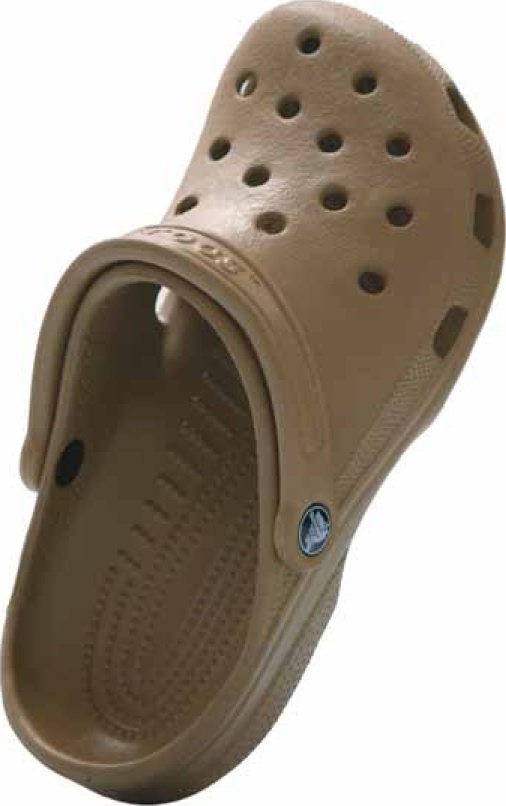It’s interesting to consider how a material has been used in certain applications because it gives you a route to understanding a lot about its properties. For example, EVA is used a lot in running shoes because it has good cushioning properties and because the shoes need to withstand a massive amount of wear and tear. If you consider that quite often we run in cold weather, then it follows that EVA is also good at withstanding cold temperatures – while remaining flexible. Lastly, it’s also a product that’s going to be run through some chemicals now and again, like oil and grease and therefore must be fairly resistant to a wide range of chemicals.
EVA is possibly one of the most common types of materials used in running shoes. It’s a versatile, soft, rubbery copolyester that is adaptable in how it can be processed, from dense rubbers to the aerated forms that give the cushioning in running shoes.
Although there are clear grades, EVA in its natural state has a pale translucency that means it accepts colour very easily. It is softer, clearer and more rubbery than LDPE, making it less likely to crack, but varying the levels of vinyl acetate, which can be between 4 per cent and 30 per cent, can alter the transparency and also the flexibility. Adding more increases the transparency and flexibility. For other rubbery materials consider silicone for greater temperature resistance, and TPEs or TPVs.
Image: Croc sandals

•Excellent energy absorption
•Excellent toughness
•Good flexibility and softness
•Low melting temperature 65˚C (149ºF)
•Easy to colour
•Biologically inert
•Recyclable
Sources
Widely available from multiple global suppliers.
Cost
Low cost: £1.50 ($2.35) per kg
Sustainability issues
Low melt temperature means that it is not energy intensive. EVA is recyclable.
Production
As with many thermoplastics, EVA can be injection moulded, extruded, blow moulded and thermoformed. Parts can also be welded using a variety of methods, including ultrasonic, hot plate and radio frequency. EVA is also good at absorbing fillers. In packaging applications EVA can be processed into extruded, blown or cast films and easily blended with other materials.
Typical applications
One of the most ordinary applications is as the glue in hot glue guns, which exploits its low temperature resistance. However, EVAs are used in a wide range of products, including the soles of running shoes, car mats, handle grips, some staplers have EVA base pads, flexible tubing, bicycle saddles, old vinyl record turntable mats, vacuum cleaner hosing, as a replacement for PVC in medical devices, protective bumpers, ice cube trays and in the ultimate multipurpose lounging shoe, Crocs. It is often used as an alternative to PVC, and because of the lack of plasticizers to increase flexibility, is suitable for things like baby teats.
| + | – |
|
–Tough and shock absorbent –Soft and flexible –Takes colour well –Widely available –Recyclable |
–Not as resistant to very high temperatures as it is to cold |
